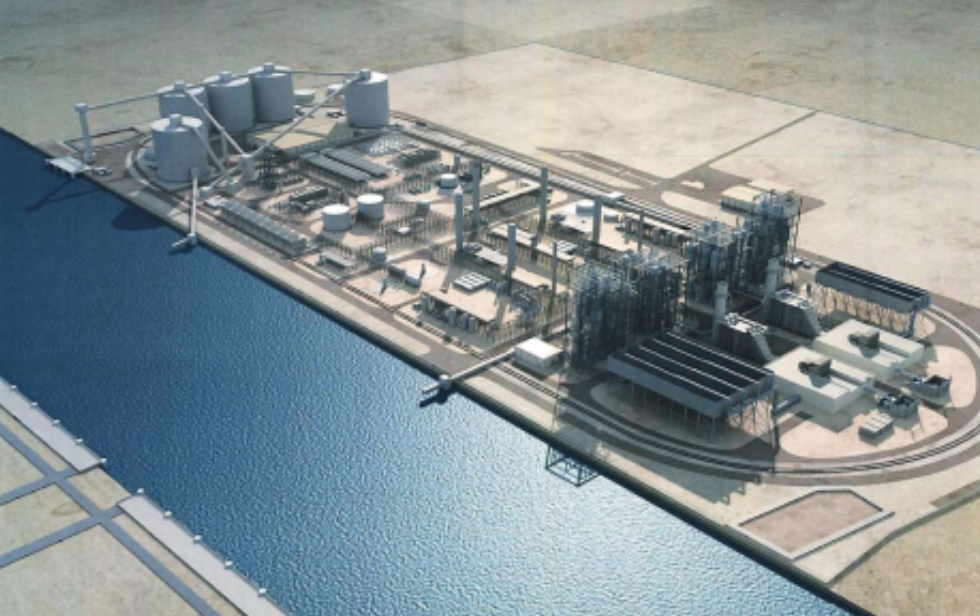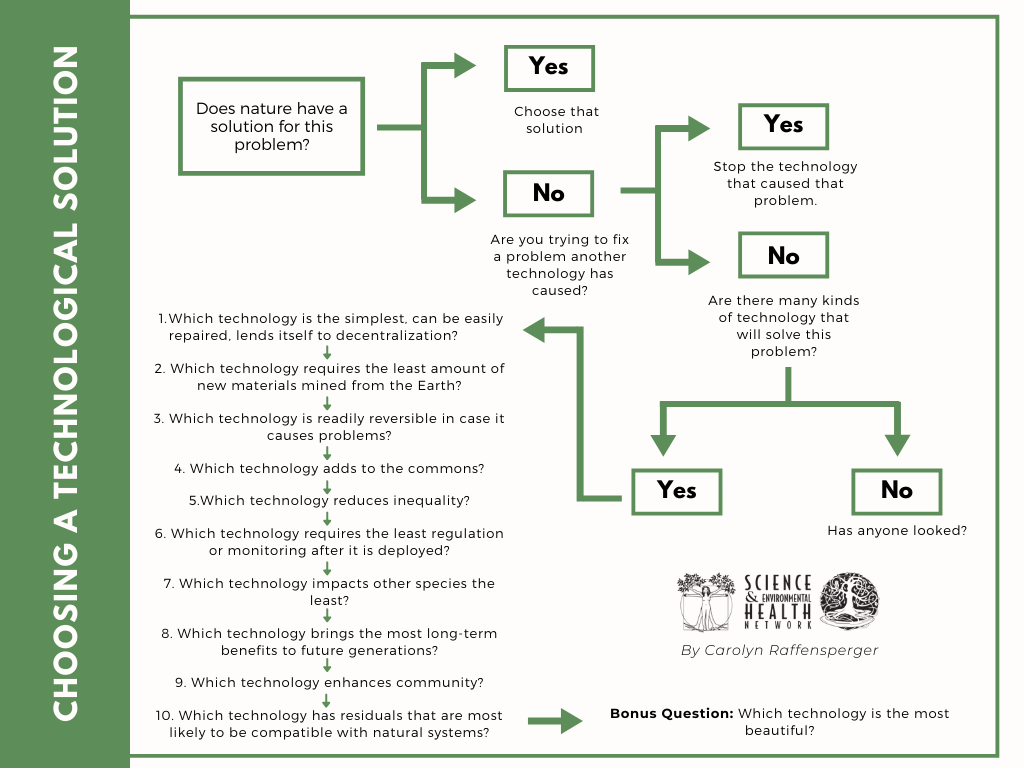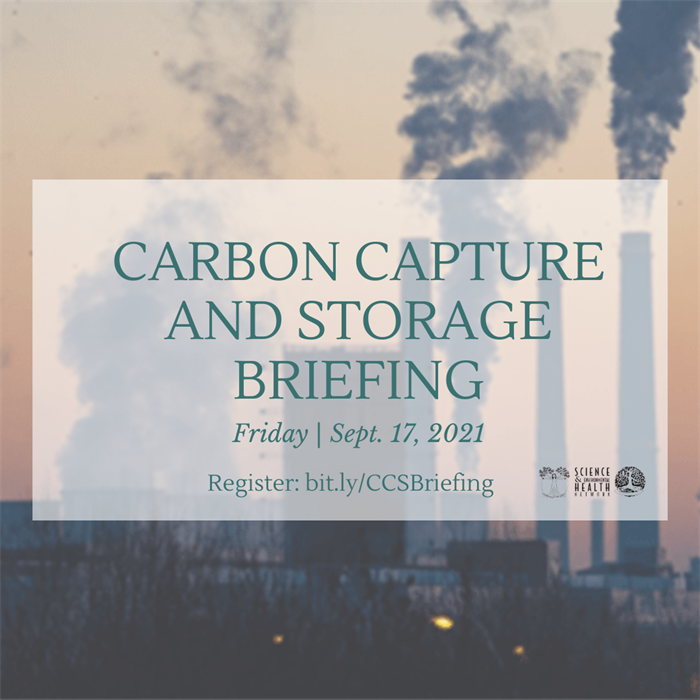|
A Win! How We Beat Carbon Capture and Storage in New Jersey
On April 18, 2009 the New York Times revealed plans by a tiny 8-person company (SCS Energy) to build an experimental 500-megawatt “clean coal” power plant in Linden, NJ – a $50 billion project called PurGen One. The Purgen proposal featured carbon capture and storage – a scheme to capture 500 million tons of hazardous waste carbon dioxide from the smokestacks and bury it beneath the floor of the Atlantic Ocean. (Later, the Purgen coal-plant proposal was enlarged to 750 megawatts.)
In a two-year battle, a small group of 55 volunteer activists drove the project out of New Jersey. This is their story (or at least part of it).

Artist’s rendition of the Purgen One coal plant with carbon capture and storage proposed in 2009 for a site in Linden, New Jersey.
The Purgen coal plant was designed to capture a trillion pounds of hazardous waste carbon dioxide from the smokestack, pressurize it into a liquid, and launch it through a 140-mile-long pipeline that would snake along the New Jersey coast sea-floor until it veered out to sea at Atlantic City. There, 70 miles offshore, a pumping platform would force the liquid CO2 a half-mile beneath the seabed of the Atlantic Ocean, hoping it would stay there forever.
Among proponents of the project, sub-seabed CO2 disposal was considered “ideal” (and still is) for 3 reasons:
1. No one lives nearby, so no local opposition to siting.
2. A leak will only disturb a few fish, they said.
3. Best of all – it’s far offshore, out-of-sight and out-of-mind, so who’ll ever pay any attention?
Continue Reading
A Decision Tree
for Technological Solutions

How do you choose the best technological solution? Click on our decision tree above to learn more!
SEHN Events
 Briefing on Carbon Capture and Storage 10:30 am CST Briefing on Carbon Capture and Storage 10:30 am CST
Please join us for a one and a half hour briefing on Carbon Capture and Storage (CCS). CCS is being touted as a climate solution. In this webinar, a leading climate scientist and engineer, a biologist, a physician and a community organizer will describe the hazards and risks associated with plans of the fossil fuel industry to capture, transport and store CO2.
Register Here!
 Bold Rethink Plenary 9/23 with Bold Rethink Plenary 9/23 with
John Bonifaz at 2 pm EST
Please join a lively presentation and discussion hosted by the Bold ReThink team at SEHN. This event features John Bonifaz who will be talking about the jurisprudence grounded in the promises of political equality and democratic
self-government. John is the co-founder and president of Free Speech for People and has been a guiding force in human rigths and democracy. He's a renowned innovator in democratic goverance.
Register by sending an email to moreinfo@sehn.org.
SEHN in the News
|
